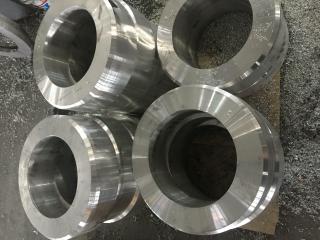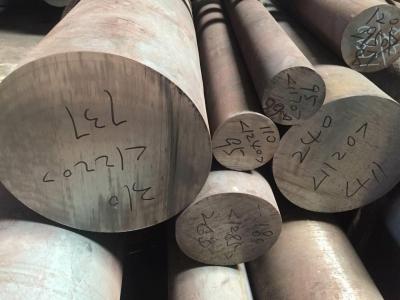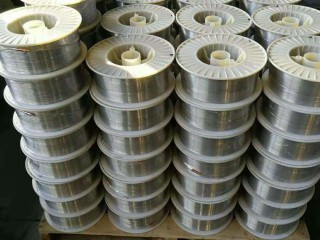
Description
Our company’s scope of supply includes
Non-standard forgings, round rods, steel plates/steel belts, flange pipe fittings, seamless pipes, capillaries, etc. Welcome to inquire!
1. Introduction to 310S materials
310S stainless steel is austenitic chromium-nickel stainless steel, corresponding to the grade ASTM SA213/TP310S.
310S stainless steel has good high temperature resistance. The melting point of 310S is 1470℃, but when the temperature exceeds 800℃, it begins to soften, the allowable stress begins to continue to decrease, and the maximum operating temperature is 1200℃, which can be continuously operated at high temperatures.
310S has high nickel and chromium content, and has good oxidation resistance and corrosion resistance, making it much better creep strength. It has good oxidation resistance, corrosion resistance, acid and alkali resistance, and high temperature resistance. High temperature resistance steel pipes are specially used in the manufacturing of electric furnace pipes and other occasions. After the carbon content is added to the austenitic stainless steel, the strength is improved due to its solid solution strengthening effect. The chemical composition characteristics of austenitic stainless steel are the addition of molybdenum, tungsten, niobium and titanium based on chromium and nickel. Since its structure is a face-centered cubic structure, it has high strength and creep strength at high temperatures.
2. 310S chemical composition
| alloy | % | Chromium Cr | Carbon C | Manganese Mn | Silicon Si | Phosphorus P | Sulfur S | Ni |
| 310S | Minimum value | 24.0 | – | – | – | – | – | 19.0 |
| Maximum value | 26.0 | 0.08 | 2.00 | 1.50 | 0.030 | 0.045 | 22.0 |
3. 310S mechanical properties
Hardness (HB): ≤187
Tensile strength (бb)(Mpa): ≥515
Yield strength (σs) (Mpa): ≥205
Elongation (δ)%: ≥35
Area reduction (ψ)%: ≥50
- Recommended heat treatment system: 1030 degrees Celsius-1180 degrees Celsius, quench cold;
- Mechanical properties include () Tensile strength: not less than 520; (2.) Provisional non-proportional extension strength: not less than 205; (3.) Elongation after break: not less than 35;
4. 310S application fields
Widely used in petroleum, electronics, chemicals, medicine, light textiles, food, machinery, construction, nuclear power, aerospace, military industry and other industries.


